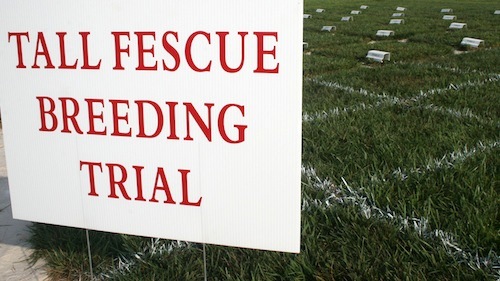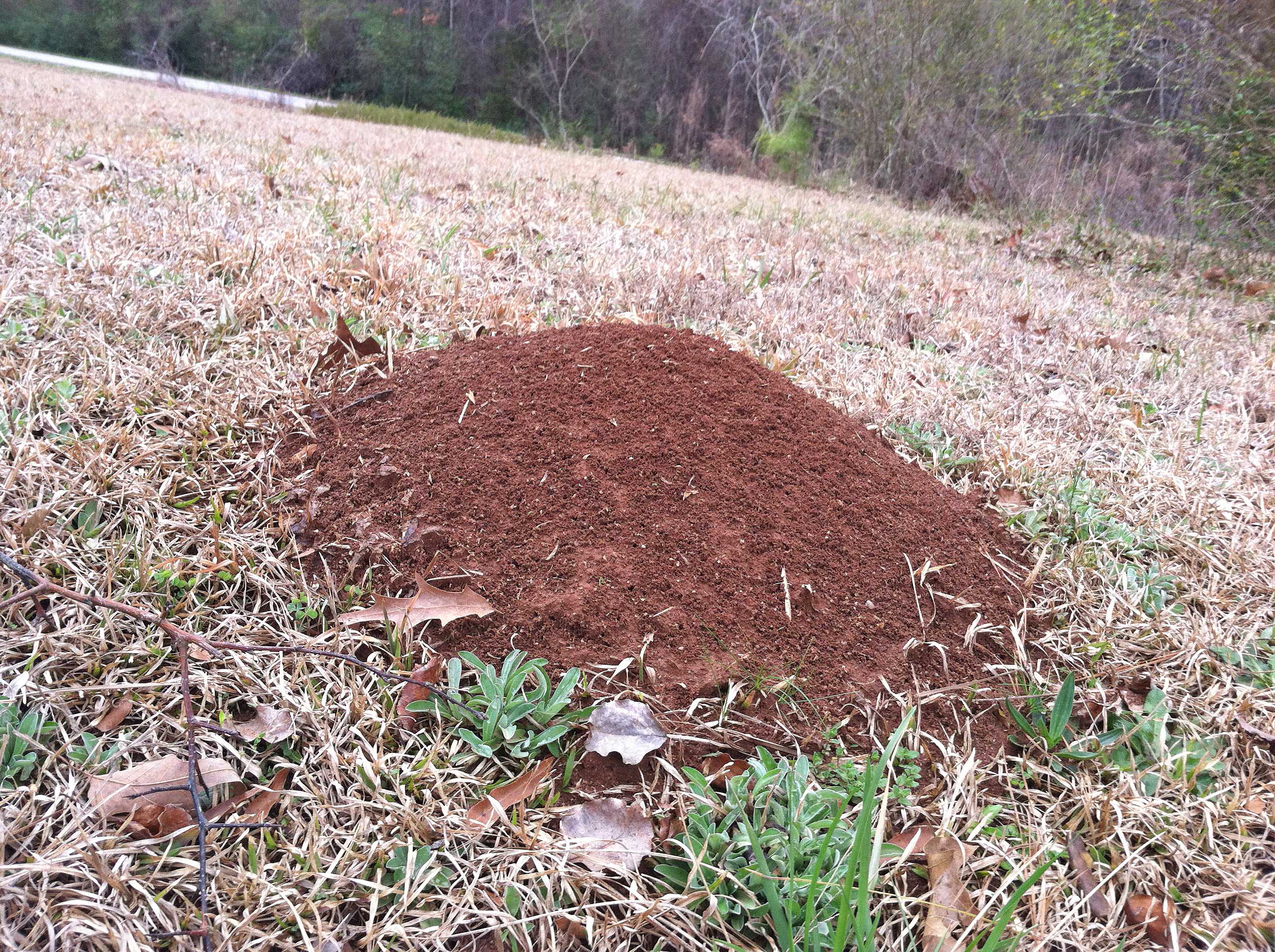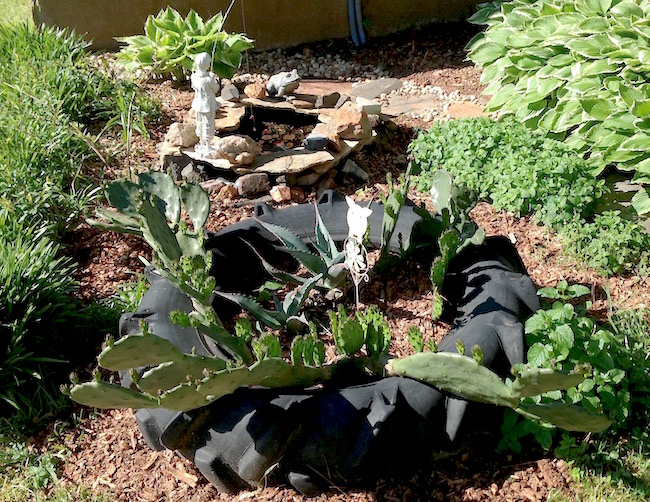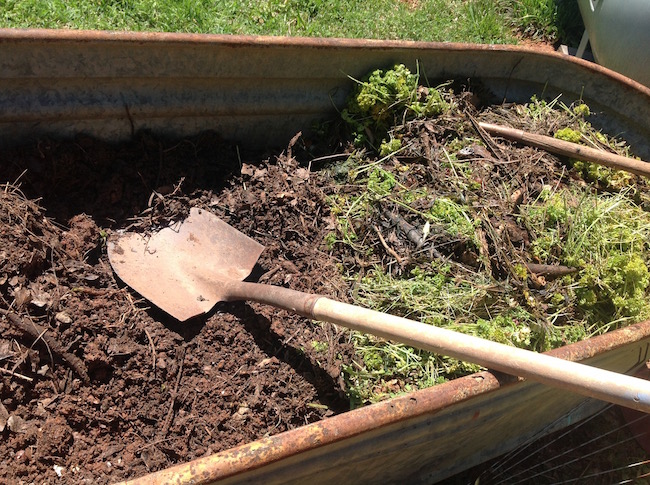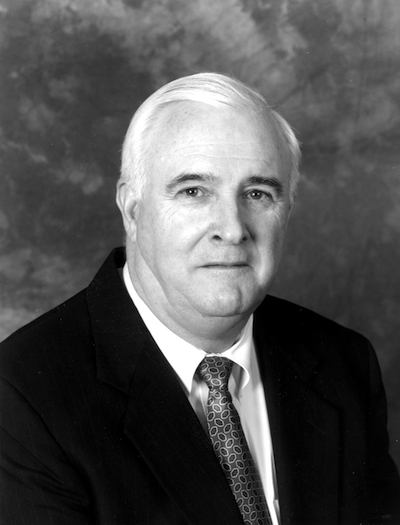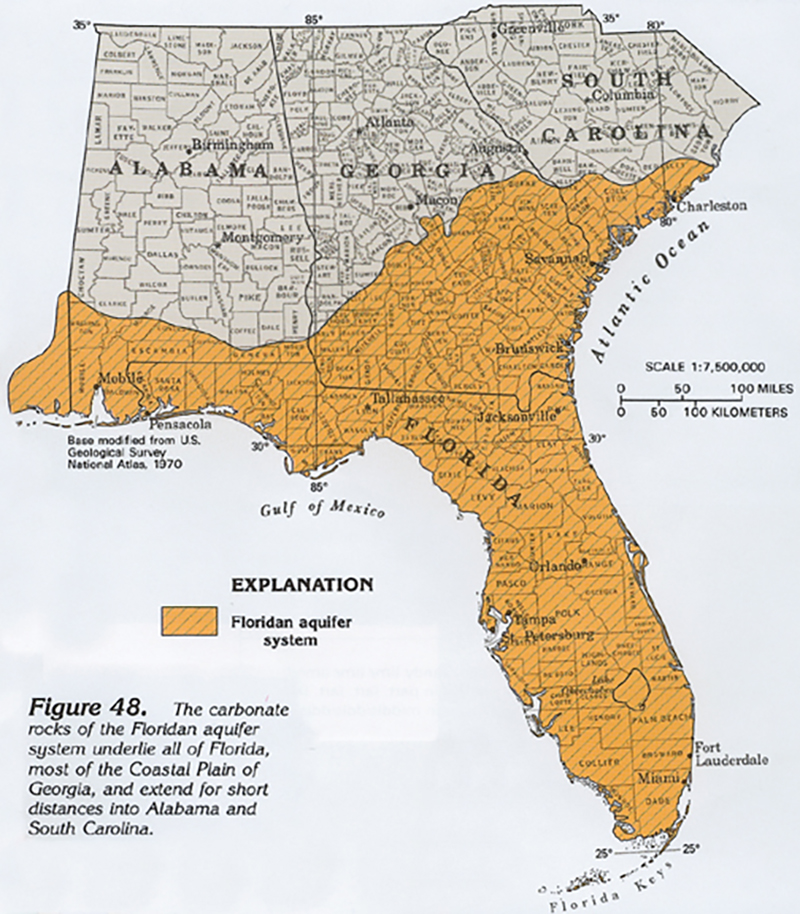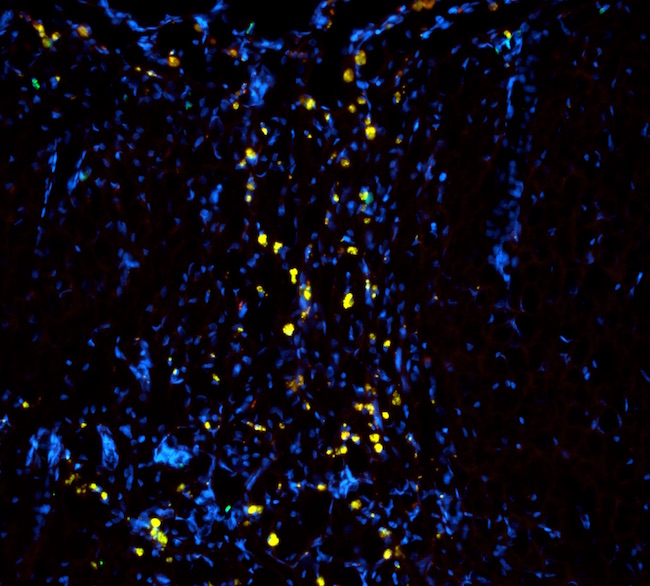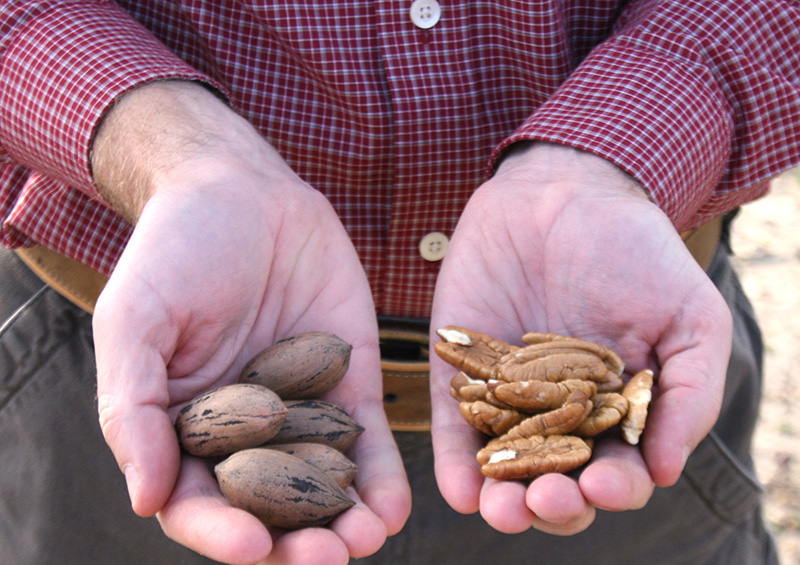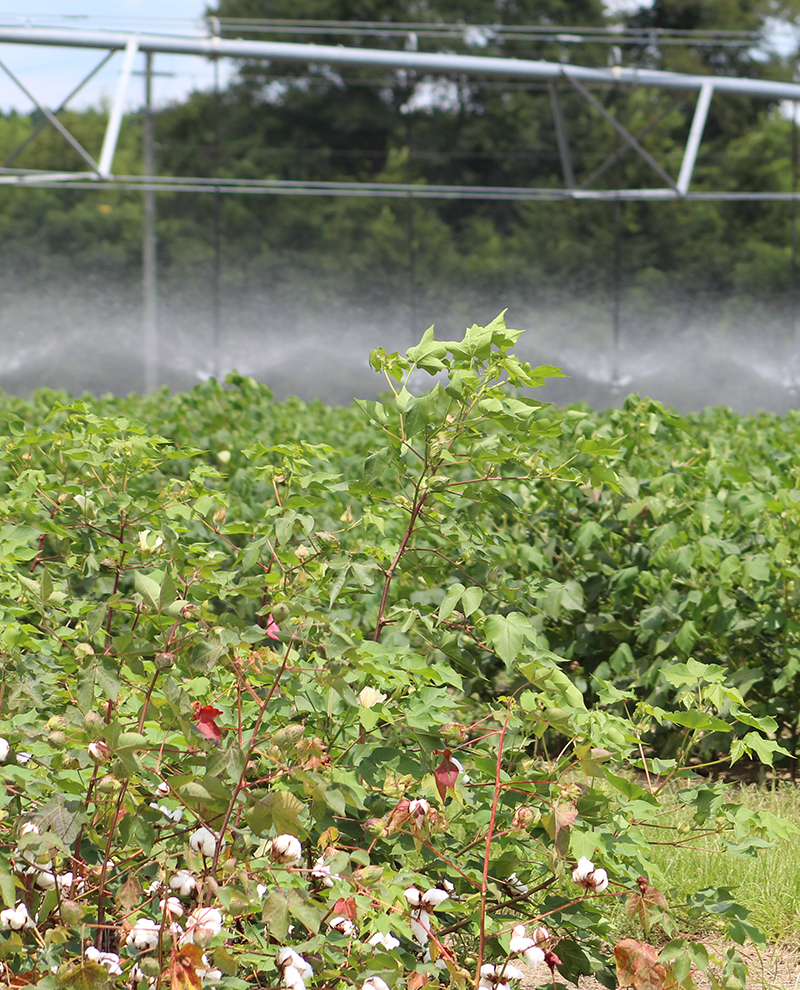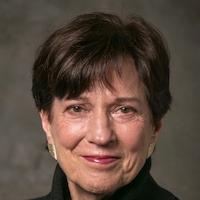 CAES News
CAES News
D.W. Brooks Lecture
Molecular biologist and agricultural technology advocate Nina Fedoroff will visit the University of Georgia on Tuesday, Nov. 7, to deliver the College of Agricultural and Environmental Sciences’ D.W. Brooks Lecture at 3:30 p.m. in Mahler Hall at the UGA Center for Continuing Education and Hotel on the university's Athens campus.

